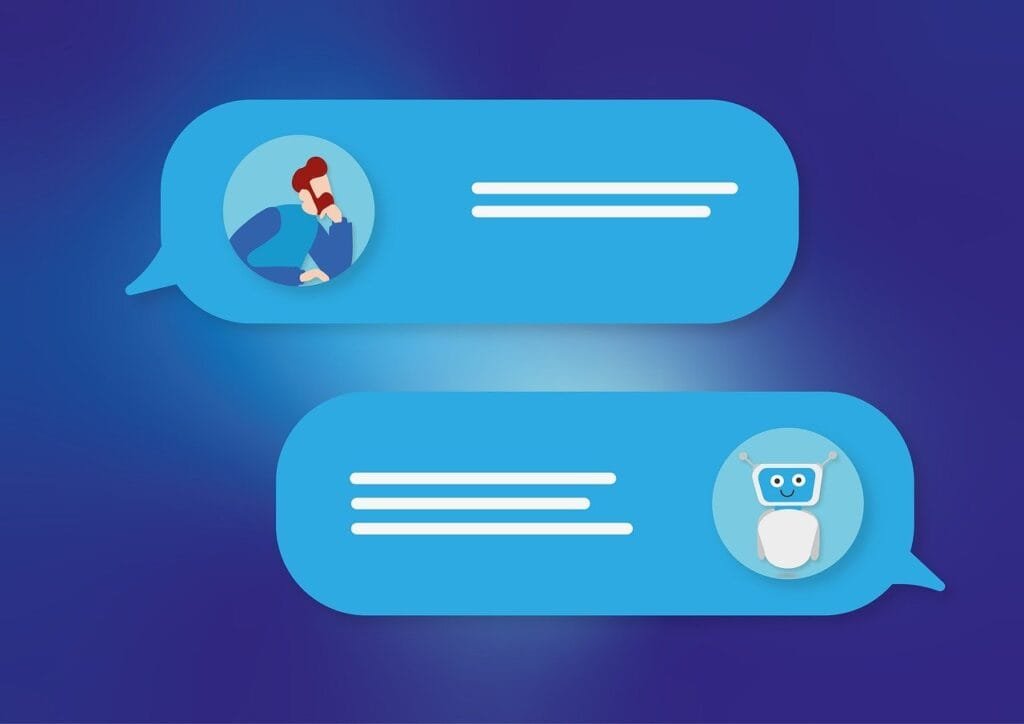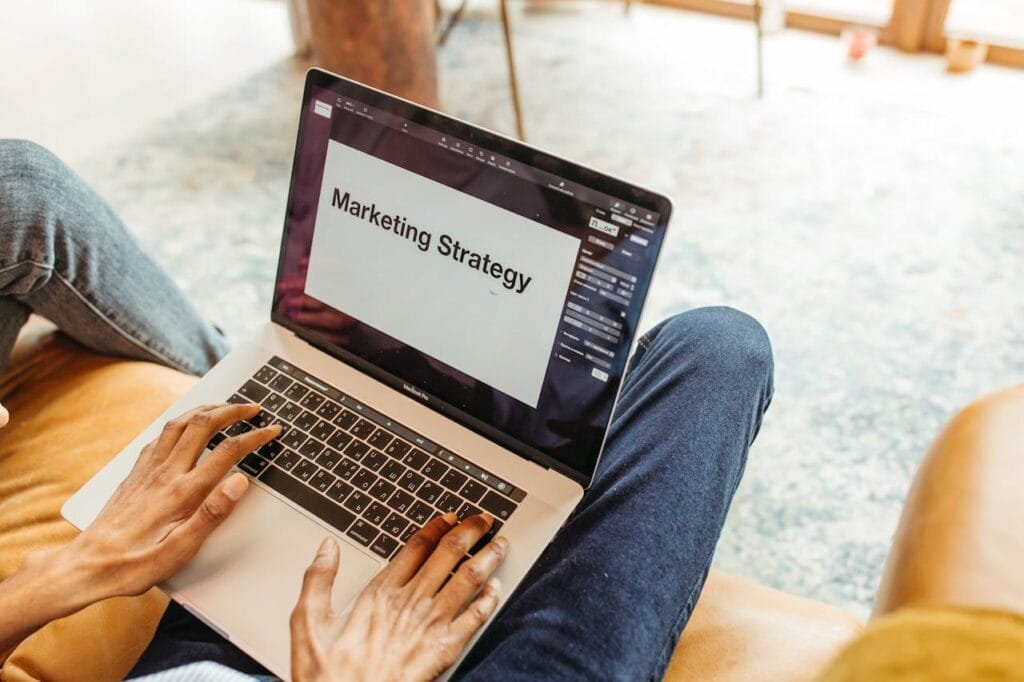We all want our marketing dollars to work harder, generating real results that drive our businesses forward. But what if the very structure of our marketing—our funnels—are working against us? The truth is, even the best campaigns can struggle when they’re built on a misaligned funnel that doesn’t match how our customers buy. Today, we’re diving into why misaligned marketing funnels drain your ROI, and, more importantly, how to fix them so that every step, from awareness to conversion, works seamlessly to maximize your potential.
1. Understanding the Real Purpose of a Marketing Funnel
At its core, a marketing funnel is meant to guide potential customers through a journey—from the first time they hear about you to the moment they make a purchase. But here’s the thing: a funnel isn’t a one-size-fits-all model. Different businesses, products, and audiences require different journeys.
A well-designed funnel helps move people down the path to purchase, making their journey easy and enjoyable. But a misaligned funnel confuses, frustrates, and loses customers along the way. Imagine trying to sell high-end products with a funnel that’s too short, where people aren’t getting enough information before they buy. Or, conversely, using a complex, multi-step funnel for an everyday product. Misalignment like this stops potential buyers from reaching the finish line, damaging your ROI without you even knowing it.
Action Tip: Map out the exact journey your ideal customer needs. Is it a quick decision, or does it require multiple touchpoints for trust-building? Use this as the base for restructuring your funnel.
2. Misalignment at Each Funnel Stage: A Closer Look
When we think about funnel stages, we typically have three main steps in mind: awareness, consideration, and conversion. But each stage has its own requirements, and misalignment at any of these stages can block ROI potential.
Awareness Stage: Are You Targeting the Right People?
The awareness stage is all about getting your brand in front of the right people. Misalignment often happens here because businesses don’t target specifically enough. If you’re promoting high-end luxury products but your awareness campaigns attract bargain-hunters, you’ll get lots of traffic but few conversions. These people are not aligned with what you’re offering, so they won’t naturally progress through the funnel.
Action Tip: Tighten your targeting at the top of the funnel. Use detailed audience segmentation to attract people who match your buyer persona. This might mean refining your ad targeting, selecting specific keywords, or even adjusting your messaging.
Consideration Stage: Are You Nurturing the Right Way?
In the consideration phase, potential customers are evaluating whether or not your product is the right fit. Many businesses drop the ball here by pushing for conversions too early or by providing irrelevant information. If your consideration content doesn’t address the real questions your audience has, they won’t feel ready to make a purchase.
Action Tip: Think about the most common objections or hesitations your audience has. Create content that speaks directly to those concerns, whether it’s through FAQs, case studies, or product demos. This stage is where education and trust-building are key, so give your audience enough information to make them feel confident.
Conversion Stage: Are You Making It Easy to Buy?
Once people are ready to convert, the process should be seamless. Misalignment in the conversion stage often looks like a complicated checkout process, unclear calls-to-action, or distracting elements on the page. Every additional click or page they need to navigate increases the chances they’ll abandon the funnel.
Action Tip: Test your conversion process from start to finish. Simplify it as much as possible. If a page or step isn’t absolutely necessary, remove it. Make sure your calls-to-action are clear, and your checkout process is fast and smooth.

3. Signs of a Misaligned Funnel That Could Be Sabotaging ROI
It’s not always obvious when a funnel isn’t working. Here are some of the biggest red flags that suggest a funnel misalignment:
- High Bounce Rates at Key Pages: If people leave your funnel at specific points, it could mean they’re not finding what they need, or the messaging doesn’t align with their stage in the journey.
- Low Engagement with Consideration Content: When people aren’t interacting with middle-of-funnel content, it’s often because it doesn’t speak to their needs or concerns.
- Cart Abandonment: If many people add items to their cart but don’t complete the purchase, it may mean that there’s a disconnect in the final steps.
Each of these signs suggests a place where your funnel may not be working as intended, which is essentially leaving ROI on the table.
Action Tip: Dive into your analytics to pinpoint where the biggest drop-offs happen. Heatmaps, user flow reports, and conversion tracking can give you insights into where people are getting lost.
4. The Impact of Messaging Misalignment in Your Funnel
Messaging plays a massive role in moving people from one stage of the funnel to the next. Misaligned messaging happens when the tone, style, or information doesn’t match what your audience expects at that stage. If someone is in the awareness stage, aggressive sales language is off-putting. If they’re ready to buy, but the message is still educational, they may feel stalled and lose interest.
Messaging misalignment creates cognitive dissonance—a feeling that something just isn’t right—which can disrupt the flow and make people drop out of your funnel.
Action Tip: Audit the language and tone you use at each funnel stage. Awareness content should introduce and engage, consideration content should inform and build trust, and conversion content should be direct and persuasive. Match your messaging to the mindset of the buyer at each stage.
5. Using Content Strategy to Align Your Funnel
Content is the engine that drives your funnel, so if your content strategy isn’t aligned with each stage of the funnel, your audience will feel lost or underwhelmed. Let’s break it down by stage.
- Awareness: This content should capture attention and spark interest. Think blogs, social posts, or short videos that provide value but don’t push for a sale.
- Consideration: This stage is all about depth. Provide detailed guides, case studies, and comparisons that address questions and objections. This is where potential customers are exploring, so you need to help them find answers.
- Conversion: Here, content should focus on clear value and the benefits of choosing your product. Product pages, testimonials, and strong CTAs are essential. Make it easy for users to understand why they should act now.
Action Tip: Map out the types of content you need at each stage and build them around the key questions, hesitations, and needs of your audience. Create a content calendar that ensures each funnel stage is supported with fresh, relevant content.

6. Personalization as a Tool for Funnel Alignment
One of the most powerful ways to create a smooth funnel is through personalization. Not everyone enters your funnel at the same place or with the same needs. By using data on customer behavior, preferences, and demographics, you can tailor their experience to make each stage feel natural and relevant.
For instance, if someone’s already interacted with a product page, retarget them with messages specific to their stage, rather than general awareness ads. This creates a personalized experience that feels like a natural progression rather than random touchpoints.
Action Tip: Use personalization tools like dynamic content, segmented email lists, and retargeting to tailor the experience at each stage of the funnel. By meeting people where they are, you increase the likelihood of conversion.
7. The Role of Testing and Iteration in Funnel Alignment
Even the best funnels need adjustments over time. Regularly testing and refining each stage ensures that your funnel stays aligned with customer expectations, preferences, and changing behaviors.
Testing different elements—such as headlines, calls-to-action, and page layouts—can reveal small adjustments that significantly improve flow and conversion. A/B testing, in particular, is invaluable for finding what works best at each stage of the funnel, helping you refine your approach based on data rather than assumptions.
Action Tip: Run A/B tests consistently on your funnel pages, especially high-impact elements like CTAs and product descriptions. Keep track of your tests, analyze the results, and implement changes gradually. The goal is constant improvement, not a complete overhaul.
8. Analyzing and Fixing Drop-Off Points
Every funnel has drop-off points, but significant drop-offs usually indicate that something is missing or off. Common reasons for drop-offs include lack of clear information, too many steps, or confusing user interfaces. A big part of funnel alignment is identifying these points and making the necessary tweaks.
For example, if people consistently leave your site at the checkout page, it could be due to hidden fees, complicated forms, or lack of payment options. By addressing these specific issues, you can prevent leaks and keep people moving down the funnel.
Action Tip: Use analytics tools to monitor user behavior at each stage and identify pages with the highest drop-offs. Make specific changes, such as simplifying forms, clarifying value propositions, or offering multiple payment options to remove any friction.

Related: Check out our free SEO suite

9. Streamlining Your Funnel to Avoid Overcomplication
Sometimes, misalignment occurs simply because the funnel is too complex. Every additional step, pop-up, or unnecessary page adds friction, making it harder for people to progress smoothly. An overcomplicated funnel can scare off potential buyers or slow down the process, leading to drop-offs and lost sales.
To realign, simplify. Think of your funnel as a series of essential, purposeful steps that lead customers toward conversion without extra “noise.”
Action Tip: Audit your funnel with a fresh perspective. Identify steps that don’t add real value or serve a clear purpose, and cut them out. Make sure every element is designed to guide, not distract, users.
10. Building a Unified, Consistent Experience Across All Channels
Consistency across all channels is critical for funnel alignment. If someone sees a social ad, then visits a website with different branding or messaging, they may feel confused and less inclined to trust the brand. Each touchpoint in the funnel should feel like it’s coming from the same source and reinforces the journey.
Misaligned branding and messaging across platforms create confusion and disrupt the flow, which can turn potential customers away.
Action Tip: Ensure your branding, tone, and messaging are unified across all channels. This means using consistent visuals, language, and themes. When every touchpoint feels cohesive, the funnel becomes smoother and more intuitive.
11. Building Trust Through Each Stage of the Funnel
Trust is a key ingredient in any funnel, but it’s especially critical when asking customers to move from one stage to the next. If they don’t trust your brand, they’ll drop out before converting, no matter how optimized your funnel might be. Building trust isn’t about adding one testimonial or a guarantee—it’s about showing consistency, transparency, and authenticity at every step of the journey.
In the awareness stage, trust might look like delivering real value in your content, showing empathy, and avoiding aggressive sales tactics. In the consideration stage, it could mean sharing genuine customer success stories or providing clear product information that answers questions honestly. And at the conversion stage, it’s about transparent pricing, simple policies, and fast, secure checkout.
Action Tip: Embed trust-building elements throughout your funnel. This could include customer reviews, security badges on checkout pages, or even a clear, no-questions-asked return policy. Consistently reinforce that your brand is reliable and customer-focused.

12. Integrating Feedback Loops to Keep the Funnel Evolving
A great funnel isn’t just set up and left to run indefinitely. Customer behavior, preferences, and even your products evolve, and your funnel should evolve alongside them. A highly effective way to keep your funnel in sync with audience needs is to integrate feedback loops—systems that capture user insights and inform adjustments.
Feedback loops can come from multiple sources: customer surveys, follow-up emails post-purchase, or even live chat feedback. By collecting this information regularly, you’ll gain a clearer picture of what parts of the funnel work well and where improvements are needed.
Action Tip: Implement simple feedback tools at each stage. For example, add a short survey after a purchase asking what could improve the experience, or follow up with customers who didn’t complete the checkout to learn why. Use this data to refine the funnel over time.
13. Using Customer Journey Mapping to Visualize and Align the Funnel
Customer journey mapping is an effective way to see the funnel from your customers’ perspective. This tool allows you to understand their emotions, motivations, and pain points at each stage. By visualizing the journey, you can identify gaps, redundancies, or moments of friction that may not be obvious in a standard funnel analysis.
A customer journey map goes beyond simple metrics by showing you the context of customer interactions, from initial discovery to post-purchase. This added layer of empathy helps align your funnel more closely with real-world needs, making it easier to pinpoint where adjustments are necessary.
Action Tip: Map out the customer journey based on real customer data, interviews, and observations. Look at each touchpoint and ask yourself if it serves the customer’s needs and expectations at that moment. This map can become a valuable guide for ongoing funnel alignment.
14. Optimizing Post-Purchase Engagement for Long-Term ROI
The funnel doesn’t end at the sale—at least, it shouldn’t. Post-purchase engagement is crucial for retaining customers, encouraging repeat purchases, and building brand loyalty. When customers feel valued after their purchase, they’re more likely to come back, recommend your brand, and become brand advocates, amplifying your ROI potential.
A well-aligned funnel takes post-purchase engagement into account, offering valuable follow-up content, relevant product recommendations, and meaningful communication. This keeps customers engaged long after the initial purchase and can help reduce churn and boost lifetime value.
Action Tip: Develop a post-purchase funnel that includes follow-up emails, satisfaction surveys, loyalty rewards, or exclusive offers. Keep the engagement relevant, adding value without overwhelming the customer. By maintaining a connection, you strengthen the entire funnel, supporting long-term ROI.

15. Tracking and Measuring Funnel Success with the Right Metrics
Finally, a truly aligned funnel is one that you can measure and optimize based on meaningful data. Metrics are crucial in understanding where the funnel is succeeding and where it’s falling short, but not every metric tells the whole story. While top-of-funnel metrics like impressions and clicks are useful, they don’t directly reflect ROI. Instead, focus on metrics that reveal engagement depth, such as time on page, click-through rates from awareness to consideration content, and conversion rates by stage.
Also, consider tracking customer journey metrics like lead-to-customer conversion rate, cart abandonment rate, and customer lifetime value (CLTV). These data points give a clearer sense of how effective your funnel is in building lasting customer relationships, not just driving immediate sales.
Action Tip: Create a dashboard that tracks the most critical metrics for each stage of the funnel. Regularly review this data to identify trends, bottlenecks, and opportunities for improvement. By keeping a close eye on your funnel’s performance, you’ll be able to make data-driven adjustments that continuously boost ROI.
Wrapping Up: Aligning Your Funnel for Sustainable Growth and Maximum ROI
When your marketing funnel is truly aligned with your customers’ needs and behaviors, every stage works together to guide them effortlessly toward conversion. Instead of a series of disconnected steps, a well-aligned funnel is a cohesive journey that resonates with your audience, builds trust, and turns first-time buyers into loyal advocates.
Alignment isn’t a one-time project; it’s a commitment to understanding your customers deeply, refining your approach continually, and using feedback to keep every part of the funnel relevant and effective. As you identify misalignments and address them with the tips above, you’ll start to see not only improved conversions but also a stronger brand presence and a loyal customer base that fuels sustainable growth.
So, the next time you evaluate your funnel, ask yourself: is it truly aligned with how your customers buy? When you’re focused on alignment, you unlock the full potential of your digital marketing strategy—boosting your ROI, one optimized step at a time.
READ NEXT:
- Best Digital Marketing Agency In Los Angeles, California
- Best Digital Marketing Agency In San Jose, California
- Best Digital Marketing Agency In Stockton, California
- Best Digital Marketing Agency In Oakland, California
- Best Digital Marketing Agency In Santa Ana, California
- Best Digital Marketing Agency In San Francisco, California






















Comments are closed.